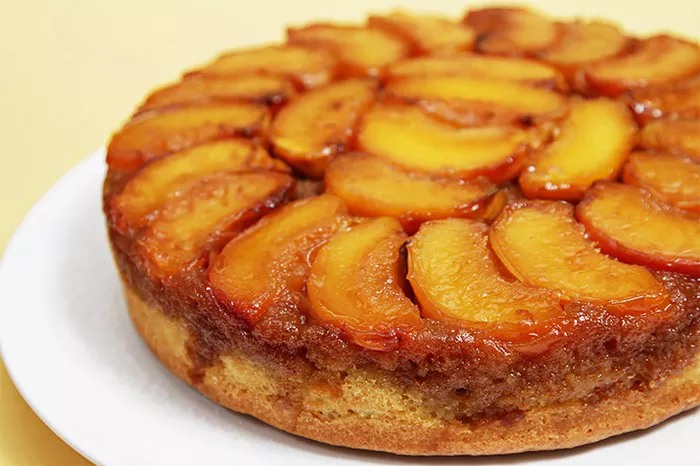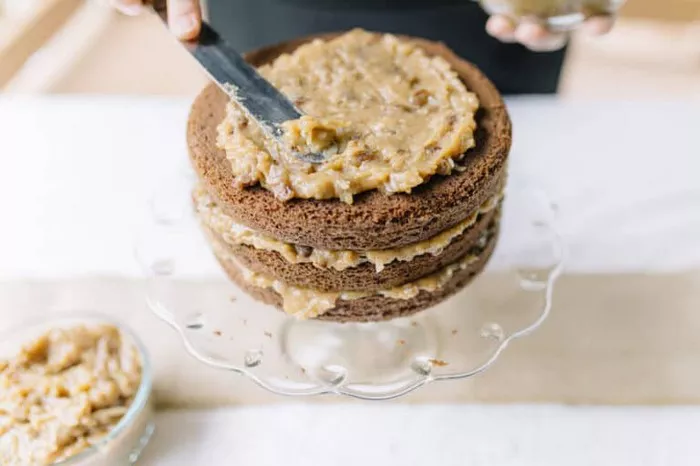Ah, the sight of a perfectly baked sponge cake – is there anything more delightful to a cake lover’s eyes?
The light, airy texture, the delicate crumb, the tantalizing aroma – it’s enough to make anyone’s mouth water. Whether you’re a seasoned baker or a novice in the kitchen, mastering the art of making a light and fluffy sponge cake is a culinary achievement worth celebrating.
In this article, we’ll uncover the secrets to creating sponge cake perfection, from choosing the right ingredients to mastering the proper techniques. So roll up your sleeves, preheat your oven, and get ready to embark on a delicious baking adventure!
Selecting the Perfect Ingredients
When it comes to baking a light and fluffy sponge cake, the quality of your ingredients matters. Here are a few key ingredients to keep in mind:
1. Cake Flour:
Cake flour is lighter and finer than all-purpose flour, making it ideal for creating a tender and delicate crumb in sponge cakes. Look for cake flour with a low protein content, as this will help prevent the cake from becoming too dense.
2. Eggs:
Eggs are the backbone of any sponge cake, providing structure, stability, and richness to the batter. For the fluffiest results, use room temperature eggs and separate the yolks from the whites. Be sure to beat the egg whites until they form stiff peaks before gently folding them into the batter – this will help incorporate air and create a light and airy texture.
3. Sugar:
Sugar not only adds sweetness to the cake but also helps tenderize the crumb and create a moist texture. When making sponge cake, it’s essential to use the right amount of sugar to achieve the perfect balance of sweetness without weighing down the batter.
4. Baking Powder or Baking Soda:
Baking powder or baking soda is essential for leavening the cake and creating that coveted light and fluffy texture. Be sure to use fresh, high-quality leavening agents to ensure the best results.
Key Tips for Baking a Perfect Sponge Cake
Now that we’ve covered the ingredients let’s dive into the techniques that will help you achieve sponge cake perfection:
1. Proper Mixing Method:
When mixing the batter, it’s essential to use the proper technique to avoid overmixing, which can lead to a tough and dense cake.
Start by gently folding the dry ingredients into the wet ingredients until just combined, being careful not to overmix. This will help preserve the delicate structure of the batter and ensure a light and fluffy texture.
2. Preheating the Oven:
Preheating the oven is crucial for achieving even baking and a consistent rise in the cake. Be sure to preheat your oven to the correct temperature as specified in the recipe, and avoid opening the oven door unnecessarily during baking, as this can cause the cake to deflate.
3. Proper Pan Preparation:
Properly preparing the cake pan is essential for ensuring that the cake bakes evenly and releases from the pan easily. Grease and flour the cake pan, or line it with parchment paper, to prevent the cake from sticking and ensure a smooth release.
4. Baking Time and Temperature:
Pay close attention to the baking time and temperature specified in the recipe, as overbaking can lead to a dry and tough cake, while underbaking can result in a dense and soggy texture.
Use a toothpick or cake tester to check for doneness – the cake should spring back lightly when pressed and the tester should come out clean.
Finishing Touches
Once your sponge cake is baked to perfection, it’s time to enjoy the fruits of your labor! Here are a few tips for serving and storing your sponge cake:
1. Cooling Properly:
Allow the cake to cool in the pan for 10-15 minutes before carefully removing it from the pan and transferring it to a wire rack to cool completely. This will help prevent the cake from collapsing and ensure a tender texture.
2. Frosting and Filling:
If desired, frost or fill your sponge cake with your favorite toppings or fillings. Whipped cream, fresh fruit, and jam are classic choices that complement the light and fluffy texture of sponge cake beautifully.
3. Storing:
To keep your sponge cake fresh and moist, store it in an airtight container at room temperature for up to 2-3 days. Alternatively, you can refrigerate the cake for longer storage, but be sure to bring it to room temperature before serving for the best texture.
4. Freezing:
Sponge cake also freezes well, making it a convenient option for make-ahead desserts. Wrap the cake tightly in plastic wrap and aluminum foil before placing it in the freezer, where it will keep for up to 1-2 months. Thaw the cake in the refrigerator overnight before serving.
Conclusion
And there you have it, cake lovers – a comprehensive guide to making fluffy sponge cake like a pro! Selecting the right ingredients, mastering the proper techniques, and paying attention to the finishing touches. You can create sponge cake perfection that will impress even the most discerning palates. So go ahead and try to whip up a batch of delicious sponge cake. And Happy baking!

























